
Ingewikkelde details brengen het levendige stadsbeeld van de Eeuwige Stad, onze Muurschildering van het Jaar, tot leven — resulterend in een stuk dat de zintuigen echt verrukt.
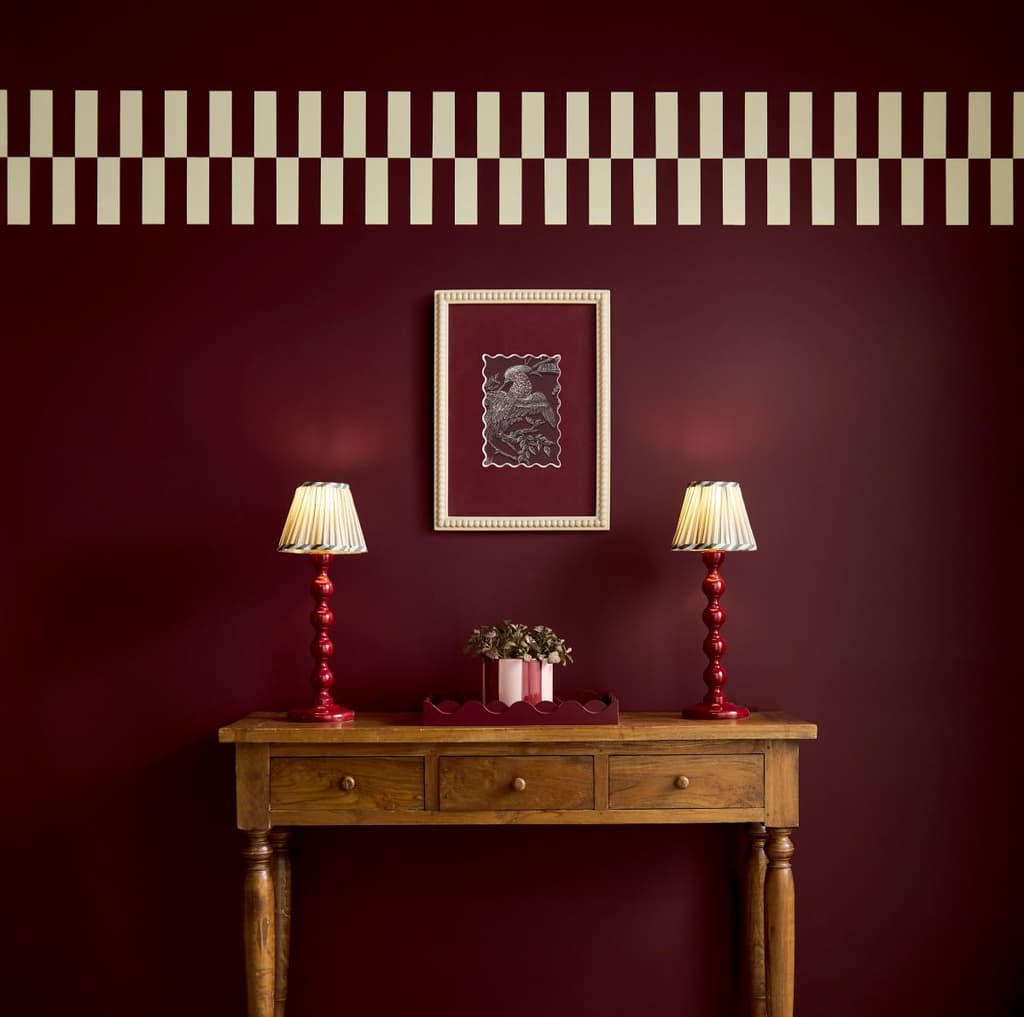
Onze Resistance-verf is ultramat met een toonaangevende glansgraad van slechts 1%. Daarnaast is deze verf schuurbestendig en daarmee de perfecte keuze voor drukke huishoudens.
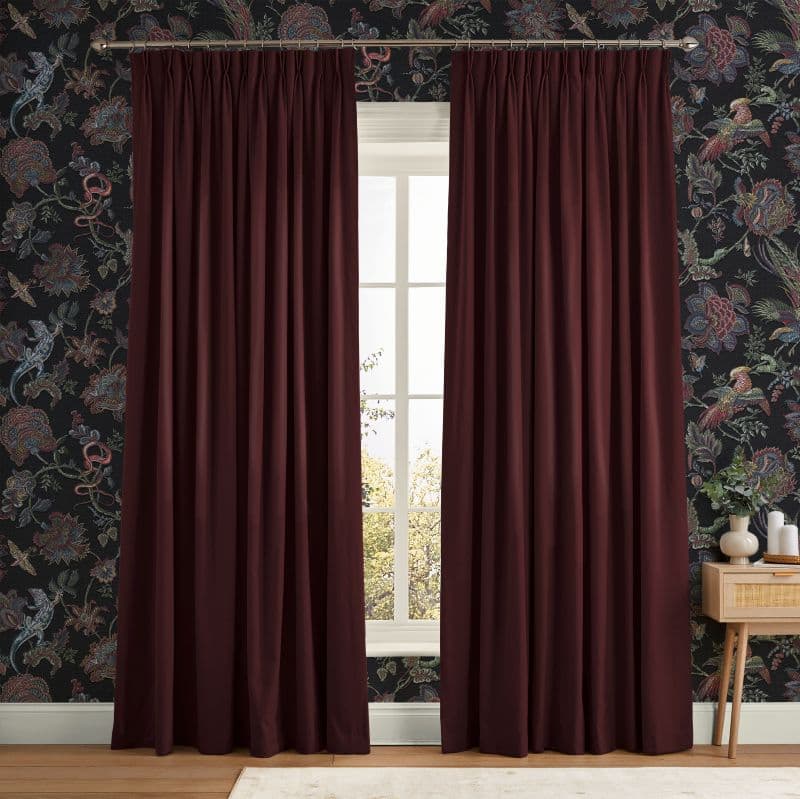
Stap het nieuwe seizoen in met de best geklede etalages van de straat. Met honderden designs om uit te kiezen! Al onze gordijnen en raamdecoratie worden op maat gemaakt voor jouw huis.
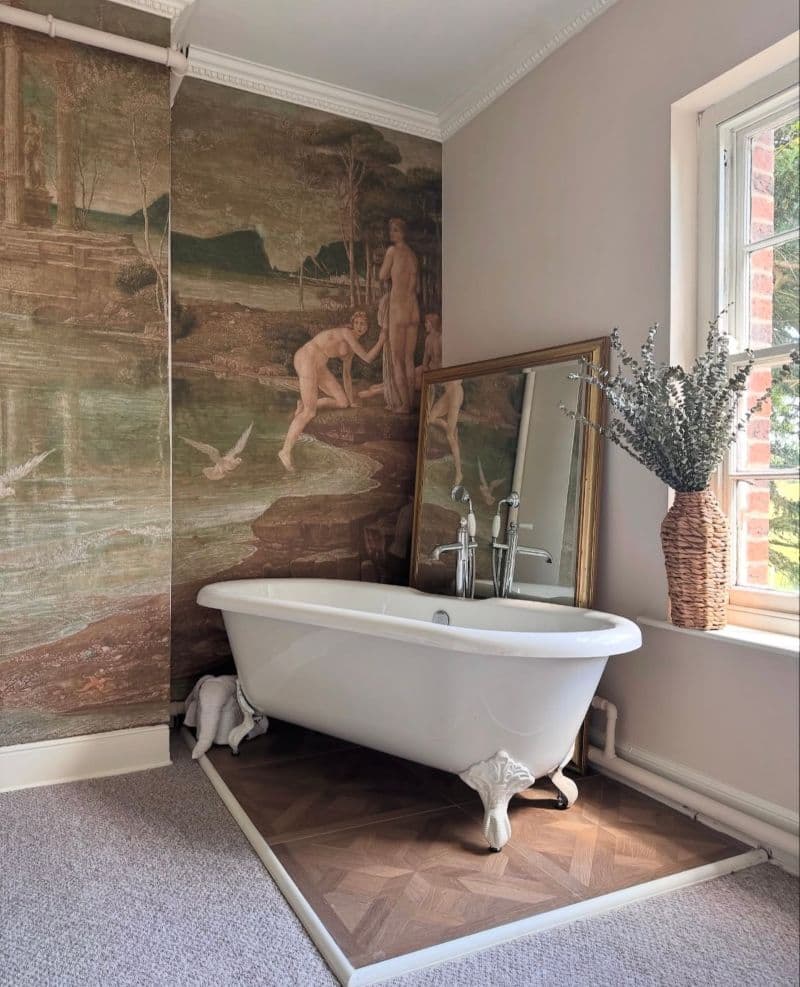
Ontdek in samenwerking met Tate onze zorgvuldig samengestelde collectie fotobehang op maat, waarmee u iconische meesterwerken in huis haalt.
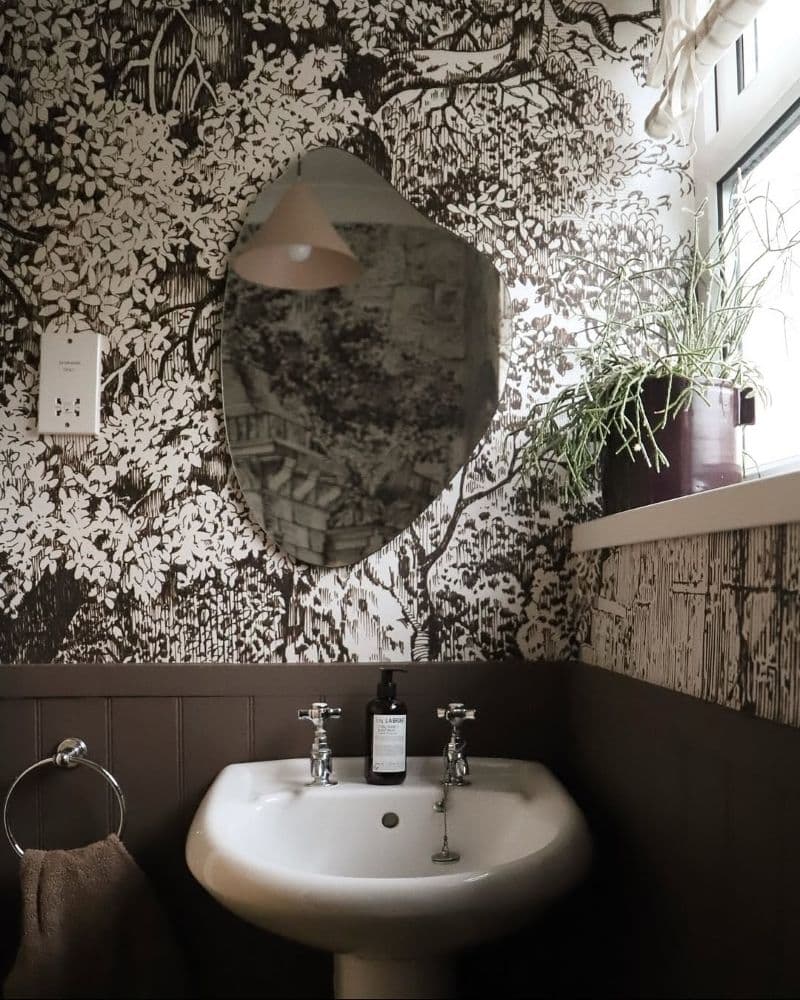
Alles draait om jou! Bekijk de populairste designs en kleuren in onze collectie voor je volgende project.
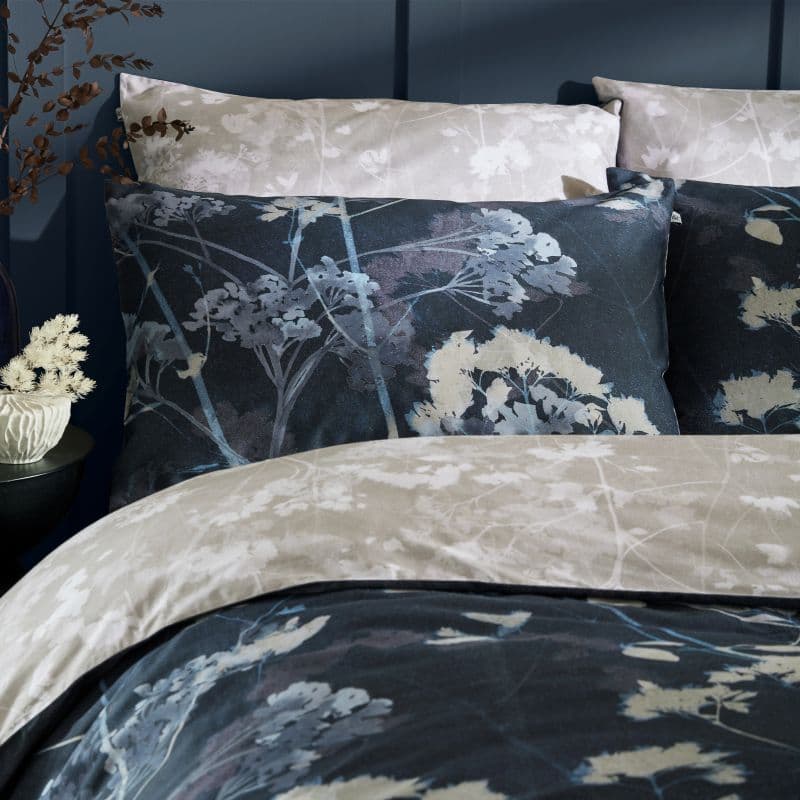
Ons luxueuze beddengoed biedt uitzonderlijk comfort en past moeiteloos bij ons elegante behang, fotobehang en verf.
